Neuro Disorders Involving Epilepsy Include Distinct De Novo Variants
|
By LabMedica International staff writers Posted on 26 Jul 2018 |

Image: The NextSeq 550Dx next-generation sequencing system (Photo courtesy of Illumina).
Epilepsy is a central nervous system (neurological) disorder in which brain activity becomes abnormal, causing seizures or periods of unusual behavior, sensations, and sometimes loss of awareness.
Epilepsy is a frequent feature of neurodevelopmental disorders (NDDs), but little is known about genetic differences between NDDs with and without epilepsy. Anyone can develop epilepsy as epilepsy affects both males and females of all races, ethnic backgrounds and ages.
Scientists at the University of Leipzig Hospitals (Leipzig, Germany) and their international colleagues analyzed de novo variants (DNVs) in 6,753 parent–offspring trios ascertained to have different NDDs. In the subset of 1,942 individuals with NDDs with epilepsy, 529 of who had epilepsy syndromes termed epileptic encephalopathies (EE), while the remaining 1,413 of whom were classified as NDD with unspecified epilepsy.
The team used Illumina instruments to sequence protein-coding and searched for DNVs that corresponded to NDD with or without these types of epilepsy. The team noted that epilepsy was more common within groups of patients who had more severe forms of NDD. Likewise, DNVs in a set of 50 genes previously implicated in EE appeared more common in individuals with NDD who either had EE or unspecified epilepsy than in the epilepsy-free NDD cases.
Across the wider exomes, meanwhile, they saw an uptick in missense DNVs in the cases with both forms of epilepsy compared with those without, while highlighting 33 genes that were particularly prone to such alterations in the epilepsy-affected groups. That set included genes such KCNQ2, SCN2A, and SCN1A. When analyzing the full collection of NDD cases together, they flagged 101 DNV-prone genes, including 62 gene sets that had more missense DNVs in the NDD cases with epilepsy compared with the other NDDs.
In a series of follow-up analyses, the team took a closer look at the 33 genes with excess DNVs in the epilepsy-NDD cases, as well as the genes impacted by DNVs within the broader NDD cohorts. They identified 33 genes with a significant excess of DNVs, of which SNAP25 and GABRB2 had previously only limited evidence of disease association. Joint analysis of all individuals with NDDs also implicated CACNA1E as a novel disease-associated gene.
The authors concluded that that a little more than half of the DNVs in those genes would be picked up using two dozen available diagnostic sequencing panels for EE or other forms of epilepsy. Such data provided grounds for replacing genes with limited evidence with genes with higher evidence in the design of gene panels for NDDs with epilepsy. The study was published on June 25, 2018, in the journal Nature Genetics.
Related Links:
University of Leipzig Hospitals
Epilepsy is a frequent feature of neurodevelopmental disorders (NDDs), but little is known about genetic differences between NDDs with and without epilepsy. Anyone can develop epilepsy as epilepsy affects both males and females of all races, ethnic backgrounds and ages.
Scientists at the University of Leipzig Hospitals (Leipzig, Germany) and their international colleagues analyzed de novo variants (DNVs) in 6,753 parent–offspring trios ascertained to have different NDDs. In the subset of 1,942 individuals with NDDs with epilepsy, 529 of who had epilepsy syndromes termed epileptic encephalopathies (EE), while the remaining 1,413 of whom were classified as NDD with unspecified epilepsy.
The team used Illumina instruments to sequence protein-coding and searched for DNVs that corresponded to NDD with or without these types of epilepsy. The team noted that epilepsy was more common within groups of patients who had more severe forms of NDD. Likewise, DNVs in a set of 50 genes previously implicated in EE appeared more common in individuals with NDD who either had EE or unspecified epilepsy than in the epilepsy-free NDD cases.
Across the wider exomes, meanwhile, they saw an uptick in missense DNVs in the cases with both forms of epilepsy compared with those without, while highlighting 33 genes that were particularly prone to such alterations in the epilepsy-affected groups. That set included genes such KCNQ2, SCN2A, and SCN1A. When analyzing the full collection of NDD cases together, they flagged 101 DNV-prone genes, including 62 gene sets that had more missense DNVs in the NDD cases with epilepsy compared with the other NDDs.
In a series of follow-up analyses, the team took a closer look at the 33 genes with excess DNVs in the epilepsy-NDD cases, as well as the genes impacted by DNVs within the broader NDD cohorts. They identified 33 genes with a significant excess of DNVs, of which SNAP25 and GABRB2 had previously only limited evidence of disease association. Joint analysis of all individuals with NDDs also implicated CACNA1E as a novel disease-associated gene.
The authors concluded that that a little more than half of the DNVs in those genes would be picked up using two dozen available diagnostic sequencing panels for EE or other forms of epilepsy. Such data provided grounds for replacing genes with limited evidence with genes with higher evidence in the design of gene panels for NDDs with epilepsy. The study was published on June 25, 2018, in the journal Nature Genetics.
Related Links:
University of Leipzig Hospitals
Latest Molecular Diagnostics News
- Advanced Liquid Biopsy Technology Detects Cancer Earlier Than Conventional Methods
- Blood-Based Test Outperforms Ultrasound in Early Liver Cancer Detection
- Four-In-One Molecular Test Detects and Differentiates Among Most Prevalent Respiratory Viruses in 20 Minutes
- First-Line PSA Testing More Cost-Effective Than First-Line MRI for Prostate Cancer Screening
- Proteomics Platform Identifies Proteins in Blood to Give Cancer Warning 7 Years before Diagnosis
- AI Technology-Based Blood Test Identifies Lung Cancer Earlier
- Ultra-Sensitive Blood Test Predicts Breast Cancer Recurrence Months or Even Years before Relapse
- Prenatal Testing Offers Window for Finding Mother’s Cancer Risk
- New Molecular Test Detects More Cervical Cancer Cases
- New Panel Quickly and Accurately Identifies 16 Common Gastrointestinal Pathogens
- New DNA Testing Method Offers Faster and More Accurate Pathogen Identification
- Precise Cancer Detection Method as Quick and Easy as Blood Test
- DNA Spit Test More Accurate At Identifying Future Prostate Cancer Risk
- Novel Method Combining Nano Informatics and AI Paves Way for Cancer Blood Tests
- Groundbreaking Molecular Diagnostic Kit to Provide Lyme Disease Detection in Minutes
- New Assay Detects Heart Failure Biomarker in Less than 11 Minutes
Channels
Clinical Chemistry
view channel
New ADLM Guidance Provides Expert Recommendations on Clinical Testing For Respiratory Viral Infections
Respiratory tract infections, predominantly caused by viral pathogens, are a common reason for healthcare visits. Accurate and swift diagnosis of these infections is essential for optimal patient management.... Read more
3D Printed Point-Of-Care Mass Spectrometer Outperforms State-Of-The-Art Models
Mass spectrometry is a precise technique for identifying the chemical components of a sample and has significant potential for monitoring chronic illness health states, such as measuring hormone levels... Read more.jpg)
POC Biomedical Test Spins Water Droplet Using Sound Waves for Cancer Detection
Exosomes, tiny cellular bioparticles carrying a specific set of proteins, lipids, and genetic materials, play a crucial role in cell communication and hold promise for non-invasive diagnostics.... Read more
Highly Reliable Cell-Based Assay Enables Accurate Diagnosis of Endocrine Diseases
The conventional methods for measuring free cortisol, the body's stress hormone, from blood or saliva are quite demanding and require sample processing. The most common method, therefore, involves collecting... Read moreHematology
view channel
Next Generation Instrument Screens for Hemoglobin Disorders in Newborns
Hemoglobinopathies, the most widespread inherited conditions globally, affect about 7% of the population as carriers, with 2.7% of newborns being born with these conditions. The spectrum of clinical manifestations... Read more
First 4-in-1 Nucleic Acid Test for Arbovirus Screening to Reduce Risk of Transfusion-Transmitted Infections
Arboviruses represent an emerging global health threat, exacerbated by climate change and increased international travel that is facilitating their spread across new regions. Chikungunya, dengue, West... Read more
POC Finger-Prick Blood Test Determines Risk of Neutropenic Sepsis in Patients Undergoing Chemotherapy
Neutropenia, a decrease in neutrophils (a type of white blood cell crucial for fighting infections), is a frequent side effect of certain cancer treatments. This condition elevates the risk of infections,... Read more
First Affordable and Rapid Test for Beta Thalassemia Demonstrates 99% Diagnostic Accuracy
Hemoglobin disorders rank as some of the most prevalent monogenic diseases globally. Among various hemoglobin disorders, beta thalassemia, a hereditary blood disorder, affects about 1.5% of the world's... Read moreImmunology
view channel.jpg)
AI Tool Predicts Cancer Patients’ Response to Immunotherapy
Immune checkpoint inhibitors are a form of immunotherapy drug that enables immune cells to target and destroy cancer cells. At present, the Food and Drug Administration has approved two predictive biomarkers... Read more
Molecular Profiling Improves Diagnosis for Children with High Risk Cancers
Cancer remains the leading cause of disease-related death among children in most developed nations, and approximately one-fourth of these patients are diagnosed with aggressive, high-risk, or relapsed... Read moreMicrobiology
view channel
Rapid UTI Test Cuts Detection Time from 3 days to 45 Minutes
Antimicrobial Resistance (AMR), also known as antibiotic resistance or superbugs, is a silent but growing pandemic where bacteria have become resistant to lifesaving antibiotics due to decades of overuse and misuse.... Read more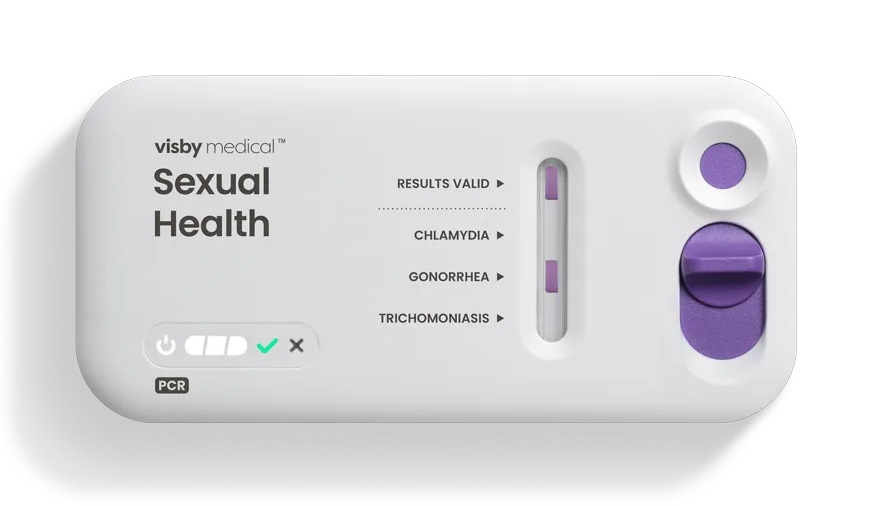
POC STI Test Shortens Time from ED Arrival to Test Results
In a 2024 sexually transmitted infections (STIs) surveillance report by the World Health Organization (WHO), over 2.5 million cases were recorded, alongside a rise in the inappropriate use of antibiotics... Read more
Integrated Solution Ushers New Era of Automated Tuberculosis Testing
Tuberculosis (TB) is responsible for 1.3 million deaths every year, positioning it as one of the top killers globally due to a single infectious agent. In 2022, around 10.6 million people were diagnosed... Read more
Automated Sepsis Test System Enables Rapid Diagnosis for Patients with Severe Bloodstream Infections
Sepsis affects up to 50 million people globally each year, with bacteraemia, formerly known as blood poisoning, being a major cause. In the United States alone, approximately two million individuals are... Read morePathology
view channel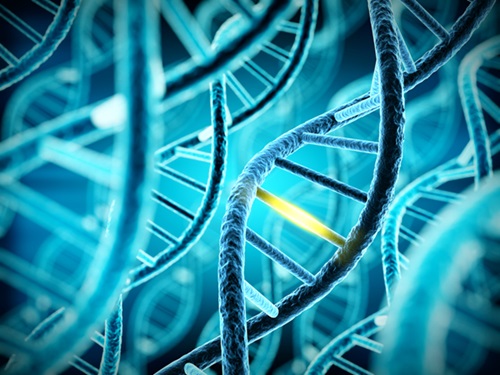
New Technique Reveals Earliest Signs of Genetic Mutations
Mutations are alterations in the molecular "letters" that constitute the DNA code, which serves as the blueprint for all living cells. While some of these changes may be inconsequential, others can lead... Read more
New WHO Reporting System for Lung Cytopathology to Enhance Diagnostic Accuracy
Lung cancer continues to be the most common cause of cancer-related deaths worldwide and ranks as the second most frequently diagnosed cancer in both men and women. The role of lung cytopathology, which... Read more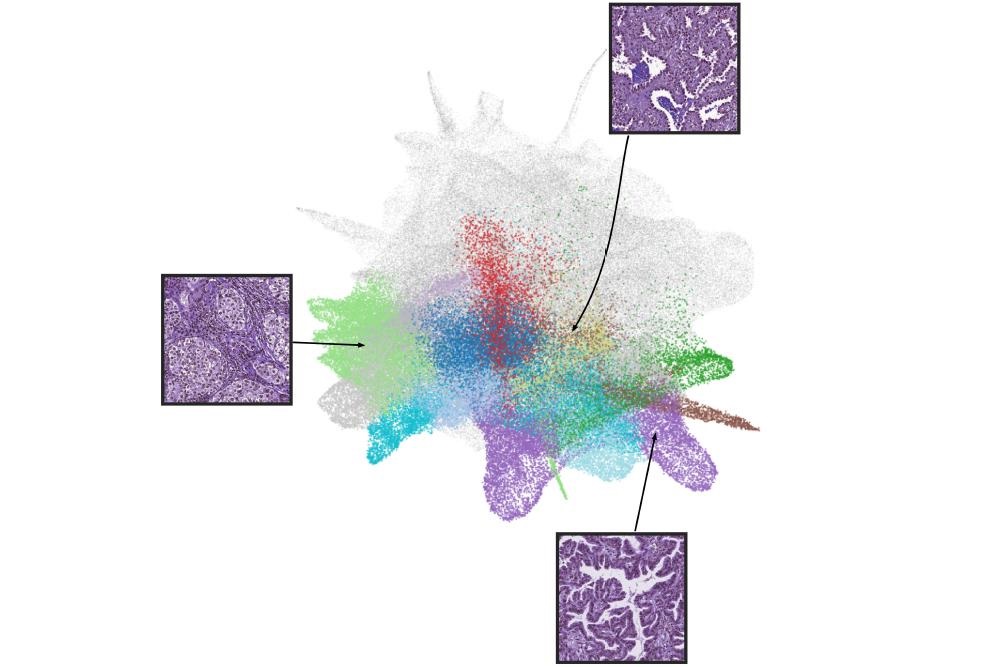
Self-Taught AI Tool Diagnoses and Predicts Severity of Common Lung Cancer
A computer program powered by artificial intelligence (AI) and trained on nearly half a million tissue images can effectively diagnose cases of adenocarcinoma, the most prevalent type of lung cancer.... Read more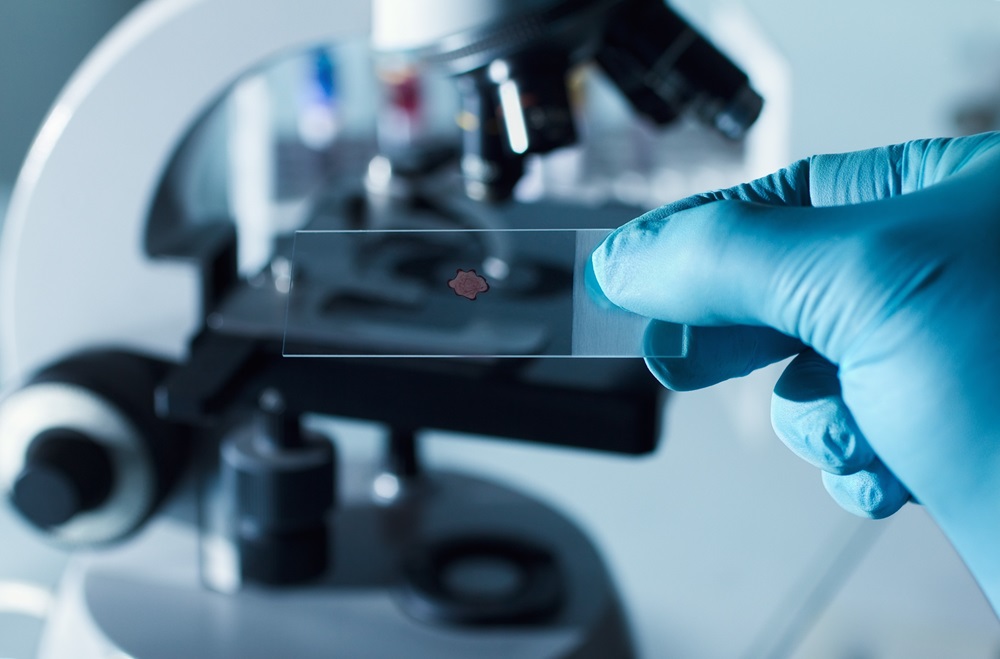
Novel AI-Powered Method for Tissue Analysis Improves Understanding of Disease Pathology
Scientists at Brown University (Providence, RI, USA) and the University of Michigan (Ann Arbor, MI, USA) have created a groundbreaking computational technique to examine complex tissue data, potentially... Read moreTechnology
view channel
Microneedle Patch Detects Skin Cancer Early
Wearable bioelectronics has emerged as a significant innovation in healthcare, especially in the field of biosensing, providing a new method to monitor individual health for both diagnostic and therapeutic purposes.... Read more
New Diagnostic System Achieves PCR Testing Accuracy
While PCR tests are the gold standard of accuracy for virology testing, they come with limitations such as complexity, the need for skilled lab operators, and longer result times. They also require complex... Read moreIndustry
view channel
Roche and Hitachi High-Tech Extend 46-Year Partnership for Breakthroughs in Diagnostic Testing
Roche (Basel, Switzerland) and Hitachi High-Tech (Tokyo, Japan) have renewed their collaboration agreement, committing to a further 10 years of partnership. This extension brings together their long-standing... Read more
Danaher and Johns Hopkins University Collaborate to Improve Neurological Diagnosis
Unlike severe traumatic brain injury (TBI), mild TBI often does not show clear correlations with abnormalities detected through head computed tomography (CT) scans. Consequently, there is a pressing need... Read more
Beckman Coulter and MeMed Expand Host Immune Response Diagnostics Partnership
Beckman Coulter Diagnostics (Brea, CA, USA) and MeMed BV (Haifa, Israel) have expanded their host immune response diagnostics partnership. Beckman Coulter is now an authorized distributor of the MeMed... Read more_1.jpg)









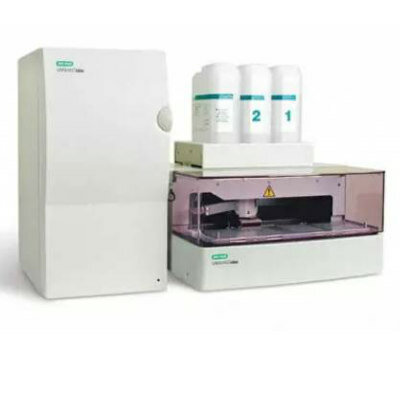


.jpg)


